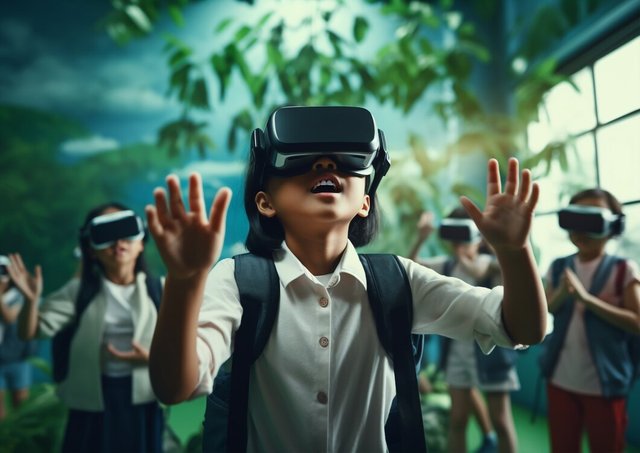Amidst the recent technological advancements, Augmented Reality (AR) had become an innovative tool in the classrooms which revolutionized the learning process. Augmenting reality in class brings out the interest and understanding of students in the sense that the real feel of the environment is brought closer to them in terms of overlays. Picture history lessons where great epochs are no longer told in words, sounds and documents but where students actually see all these epochs unfolding in their classroom or see their virtual dissection of organisms in science classes.

The implementation of this technology means that the educational context meets specific learning needs, which means that education is more diverse. Teaching strategies involve metal mode where visual students learn through visualization using 3D models while Audio learners learn traditional pattern using audio visual experiences, and kinesthetic learners learning through simulated environment.
Furthermore, through the application of AR, collaboration and critical thinking disposition is promoted as students collaborate to solve problems in an augmented environment. They also enhance learning beyond the classroom, which richens the experiences of the students when applying the acquired concepts.
For now, with the development of AR technologies, the applicability of AR in learning domain remains exhaustive. It holds the potential of dramatically shifting the methods of teaching and learning on the horizon of enabling creative, fun, and productive learning experience.
ience.